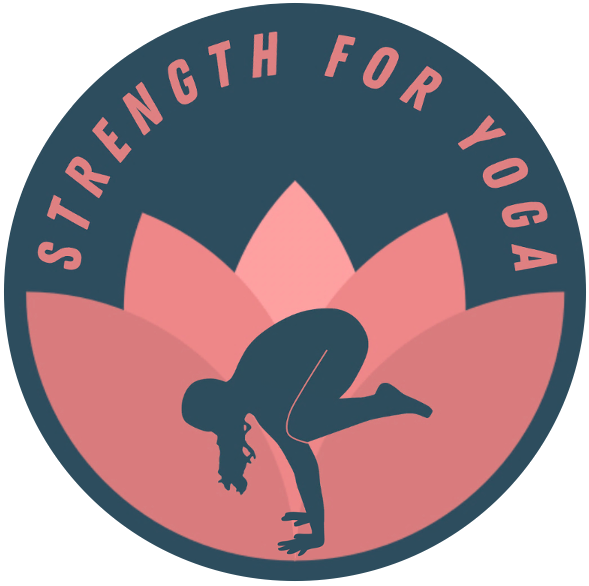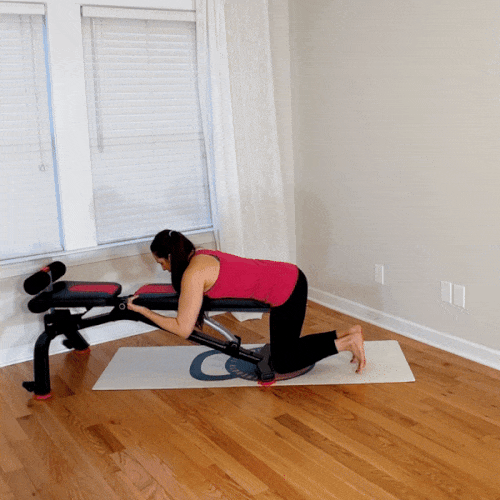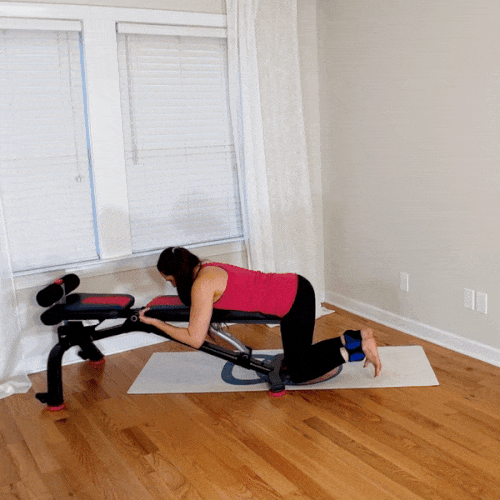The Best Hamstring Strengthener You’re Not Doing
This blog post was first sent to the Strength for Yoga email list as an email newsletter. Sign up for the SFY email newsletter here!
If you've followed our work for a while, you know we're major fans of hamstring strengthening for yoga practitioners!
The truth is that all bodies benefit from hamstring strengthening :), but yogis specifically have a lot to gain from targeting this area for two main reasons:
The yoga-practicing population as a whole has weak, underloaded hamstrings because we never strengthen this muscle group meaningfully in a type yoga practice.
Strong hamstrings 💪 can protect against "yoga butt" (a.k.a. proximal hamstring tendinopathy). This condition, which is somewhat common among yoga practitioners, is characterized by persistent pain where the hamstrings insert onto the sitting bone. :(
At Strength for Yoga, we often educate on the most effective exercises for hamstring strengthening, like Romanian deadlifts and hamstring bridge slides.
Today's focus is a lesser-known hamstring exercise: the reverse hyperextension. This exercise is a favorite at Strength for Yoga, and it's one you definitely need to know about!
Here's what the reverse hyperextension looks like:
We love using a workout bench for this exercise, as featured in this clip ⬆️, but we also know not everyone has a bench.
A great alternative setup for the reverse hyperextension is to perform the exercise using two chairs placed side by side:
Why is the reverse hyperextension so great?
Because we're in a prone (face down) position in the reverse hyperextension, our hamstrings work to extend our hips against gravity as we reach our legs back behind us.
This is therefore a hip-dominant hamstring exercise.
(For the record, our glutes also help extend our hips in this movement, but because the reverse hyperextension involves straight knees in the top position, our hamstrings contribute more than our glutes here.)
Another benefit of this exercise is that our low back muscles work here. (That's why we included the reverse hyperextension in our YouTube video How to Strengthen the Lower Back!)
The reverse hyperextension is therefore a great all-around posterior chain strengthener, with an extra emphasis on the hamstrings.
Variations of the reverse hyperextension
In the subject line of this email, we declared this the best hamstring exercise "you're not doing" . ;)
We realize we may technically be wrong here, heh heh. While this isn't the most common hamstring exercise, there is of course a chance you do know and practice it – in which case, we applaud you! 👏
But have you seen these unique and potent variations of the reverse hyperextension? If not, we bet you'll love them!
Variation #1: Wide-legged reverse hyperextension
In this variation, instead of reaching our legs straight back behind us, we widen our legs out into abduction.
This places more emphasis on the lateral hamstrings and also recruits our lateral hips.
Depending on how wide we take our legs, we might even bring in an active stretch of our adductors (inner thigh muscles). 👍
Variation #2: Reverse hyperextension with ankle weights
This is a great way to progress the exercise if we're looking for more challenge!
Even though the ankle weights themselves are relatively small, because they're placed at the end of the long lever of our legs, they significantly magnify the demand on the hamstrings.
Variation #3: Reverse hyperextension with exercise ball
In this variation, we place an exercise ball on the bench and lay our torso on top of it. This extra height gives us the space to straighten our legs in the starting position, which is great from a strengthening perspective!
The latest exercise science research suggests that training our muscles through longer ranges stimulates more strength adaptations and muscle growth than training them in shorter ranges.
And when we start our reverse hyperextension with straight legs like we do in this exercise ball variation, our hamstrings are in a longer position than they are when our knees are bent. This means more potential strength gains!
If you decide to bring the reverse hyperextension into your yoga practice, we hope your hamstrings thank you!
Let us know how it goes if you try it, and happy hamstring strengthening!
You Might Also Like…








